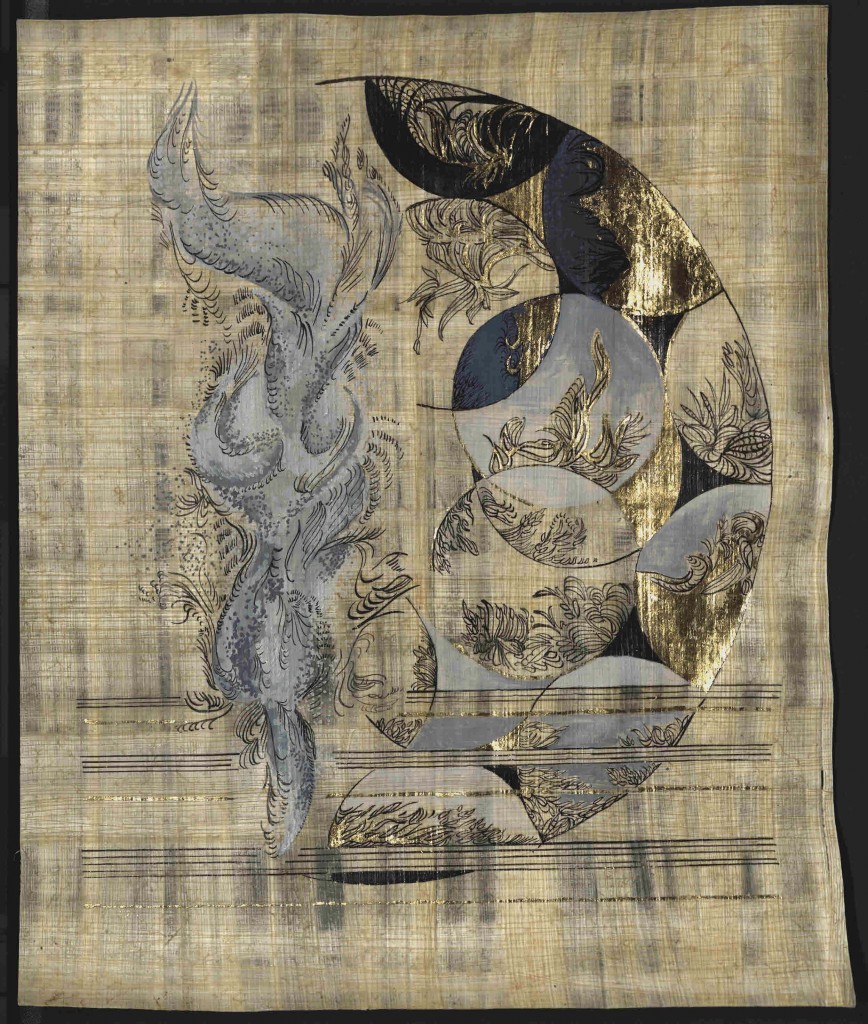October is American Archives Month (and North Carolina Archives Month), and here at Davidson’s Archives & Special Collections, we’ve had a busy few weeks of sharing stories, leading class discussions, promoting archival advocacy, and assisting users! Here’s a few highlights of what public-facing activities each member of our team did this month:
Jan Blodgett, College Archivist and Records Management Coordinator:
- Created a new online database for Alumni Relations Award Citations
- Presented at the Southern Appalachian Culture Conference and Charlotte Teachers Institute panel on Under Lake Norman
- Met with students for MAT 110 Finite Mathematics class about archives data visualization projects (with Caitlin)
- Gave a college cemetery tour for local cub scouts
- Taught AFR 101 class visit to archives & special collections (with Sharon)
- Set up an exhibit for the German Department, highlighting a visit by returning international student as part of Fall of the Berlin Wall 25 Years On events
- Gave campus tours for Alumni Relations avant garde reunion and new employees

Sharon Byrd, Special Collections Outreach Librarian:
- Planned Ghosts in the Library event, with assistance from Peer Research Advisors
- Taught, led discussion, or facilitated: ART 215 Intro to Print Media (Tyler Starr), ENG 240 British Lit to 1800 (Gabriel Ford), LAT 202 Int. Latin (Britta Ager), AFR 101 Africana Studies (Tracy Hucks)
- Helped lead an archival donor visit (with Caitlin)

Caitlin Christian-Lamb, Associate Archivist (me!):
- Helped lead an archival donor visit (with Sharon)
- Gave a campus historical tour and set up archival exhibition for Pi Kappa Phi alumni reunion (1962 – 1969 classes)
- Spoke on a Society of North Carolina Archivists‘ panel for current University of North Carolina at Chapel Hill SILS students
- Taught three sessions of DIG 350 History & Future of the Book (Mark Sample), and one session of HIS 382 Science and the Body in East Asia (Saeyoung Park)
- Helped facilitate and attended THATCamp Piedmont (see the schedule and collaborative Google docs here) after a few months of serving on the planning committee
- Met with students for MAT 110 Finite Mathematics class about archives data visualization projects (with Jan)
- Gave a short presentation on digital archival resources at the monthly education and technology gathering on campus (GitPub)

We also have a few more upcoming public events. Tonight all three members of Archives & Special Collections will be at Ghosts in the Library – come to the Smith Rare Book Room on the second floor of the library at 8:00 PM to hear scary stories and eat delicious treats. Tomorrow (October 30th), Jan and I will be participating in #AskAnArchivist Day, a national archival outreach initiative – simply tweet a question and #AskAnArchivist to @DavidsonArchive, and we’ll tell you everything we know! Early next month, on November 8th, the first ever Piedmont Triad Home Movie Day/ Personal Digital Archiving Day will be held at Wake Forest University’s library – HMD/PDAD is co-hosted and co-planned by the archives and library staff of Davidson College and Wake Forest University. Come watch college archival footage, share your own home movies, and learn basic digital preservation tips!




